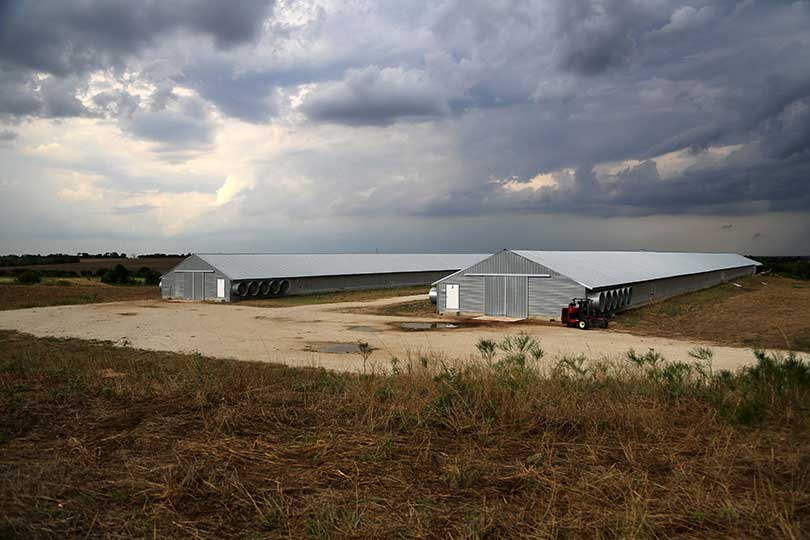By Shelby Shank
Field Editor
Poultry farmers are monitoring flocks for a potential spike in detections of highly pathogenic avian influenza (HPAI) this spring.
Industry leaders and government officials wonder if the disease has shifted from an occasional concern for poultry farmers to a permanent part of raising birds in the United States.
The current avian influenza outbreak began in February 2022 and is considered the worst and most costly animal disease outbreak in the U.S.
According to data from the United States Department of Agriculture (USDA) Animal and Plant Health Inspection Service (APHIS), HPAI has been confirmed in more than 791 flocks as of March 14, 2023.The highly contagious disease has led to the deaths of nearly 59 million birds in 47 states.
A previous outbreak of HPAI occurred in 2014 and ended in 2015. This was the first outbreak in the U.S. in 30 years. During that period, 211 farms were affected, and detections were reported in 15 states. Transmissions of the disease were heavily farm-to-farm, and a total of 50 million birds died or were culled.
“Before the 2014-15 outbreak, there were few people who had experience with HPAI response and control. We were unprepared then,” said Carol Cardona, University of Minnesota College of Veterinary Medicine professor in avian health. “Many people today state, federal, private sector—have experience with control and response, and there has been little farm-to-farm spread.”
Improvements in biosecurity were made following the 2014-15 outbreak to prevent farm-to-farm spread.
The current HPAI outbreak is increasingly spreading by wild birds.
APHIS National Wildlife Research Center Biologist Sarah Bevins notes spring migration of wild birds occurs over a shorter period than fall migration. She predicts the spring spike of HPAI could start and end more quickly than seen in the fall.
The level of biosecurity needed is not sustainable long-term or year-round due to economic and labor issues facing the poultry industry, Cardona said.
Poultry farmers will need more tools to assess risk and prevent infections of the disease.
National Poultry Improvement Plan measures have provided a foundation for improved on-farm biosecurity, which has contributed in the decrease of farm-to-farm transfers during the outbreak.
The current strain of HPAI is thought to have originated from Africa and moved through Asia and Europe, with one U.S. introduction occurring through Canada and another from Asia.
Preventing transmission of the disease at the national level will take a united effort from farmers, industry leaders and federal agencies.

